

— Blogs —
—Products—
 Consumer hotline +8618073152920
Consumer hotline +8618073152920 WhatsApp:+8615367865107
Address:Room 102, District D, Houhu Industrial Park, Yuelu District, Changsha City, Hunan Province, China
Product knowledge
Time:2025-10-15 16:01:36 Popularity:486
Ultimate Selection Guide: Water Tank Level Sensor Procurement Guide—A Comparative Analysis of Seven Mainstream Technologies
Level monitoring is the "vital sign" of industrial automation. In fields such as municipal water supply, chemical production, environmental treatment, and agricultural irrigation, even minor errors in water tank or storage tank levels can lead to serious consequences:
- Overflow → Environmental pollution and material waste
- Empty tank → Pump damage and production halt
- Incorrect data → System out of control and economic losses
As the first link in the data chain, the water tank level sensor directly determines the reliability of the entire monitoring system. However, the market is flooded with various technologies—from ultrasonic to radar, hydrostatic to guided wave radar—each with its pros and cons. Incorrect selection equates to hidden costs. Therefore, mastering the core technical principles and applicable scenarios of level sensors is a must-learn lesson for procurement and engineering design.
Professional selection is not about price, but "fit." The following four points determine which level sensor you should choose:
| Dimension | Core Questions | Selection Impact |
| Medium Characteristics | Is it clean water, sewage, acids/bases, viscous liquids? | Determines contact or non-contact type |
| Range and Accuracy | What is the tank depth? Accuracy required to millimeters or centimeters? | Determines sensor resolution and cost |
| Environmental Conditions | Any steam, foam, agitation? Temperature and pressure levels? | Determines anti-interference and durability |
| Maintenance and Budget | Allow downtime for maintenance? Budget constraints? | Determines total cost of ownership (TCO) |
| Type | Contact Type | Accuracy | Typical | Applications |
| Ultrasonic | Non-contact | Medium | Low | Clean water, sewage, irrigation |
| Radar (FMCW/Pulse) | Non-contact | Extremely High | High | High temperature/pressure, steam, dust |
| Hydrostatic | Contact | High | Medium | Deep wells, reservoirs, storage tanks |
| Float | Contact | Low | Extremely Low | Simple water tanks, pump start/stop control |
| Guided Wave Radar | Contact | High | Medium-High | Viscous media, low-dielectric liquids |
| Capacitive | Contact | Medium | Low | Small containers, high/low level alarms |
| Optical | Contact | Low | Low | Small tanks, alarm signal control |
Principle:
Determines level height by emitting ultrasonic pulses and measuring the echo time difference.
Advantages:
Non-contact, easy installation, low maintenance;
High cost-performance;
Suitable for common liquids like clean water, rainwater, and sewage.
Limitations:
Susceptible to steam, foam, and temperature changes;
Not suitable for strong winds or high-temperature environments.
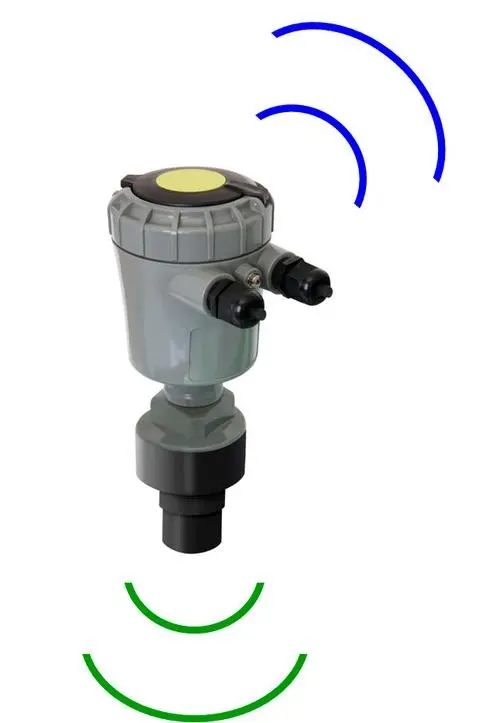
Principle:
Emits microwave signals and measures time difference (pulse radar) or frequency change (FMCW) to calculate level distance.
Advantages:
Extremely high accuracy (±2mm);
Unaffected by temperature, pressure, or steam;
Suitable for enclosed, high-pressure, high-temperature conditions.
Limitations:
High cost;
Special models required for low-dielectric constant media.
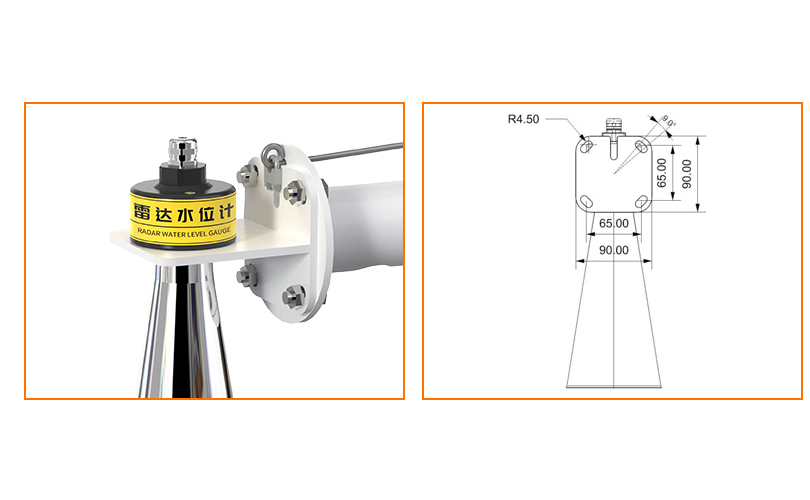
Principle:
Measures liquid column pressure and calculates level height based on liquid density.
Advantages:
Mature and stable, simple structure;
Moderate cost, suitable for deep water measurement;
Easy signal integration with IoT systems.
Limitations:
Must contact the liquid;
Affected by density changes and temperature;
Probe prone to scaling and corrosion.
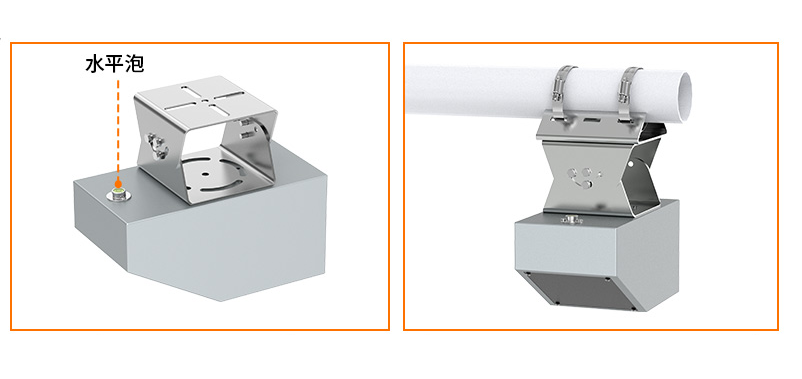
Principle:
Uses the float's rise and fall with the liquid level to actuate a reed switch or magnetic control element for switch signals.
Advantages:
Lowest cost;
Unaffected by foam or steam;
Suitable for simple level control scenarios.
Limitations:
Low accuracy, only provides high/low level signals;
Prone to jamming, not suitable for viscous or impurity-containing liquids.
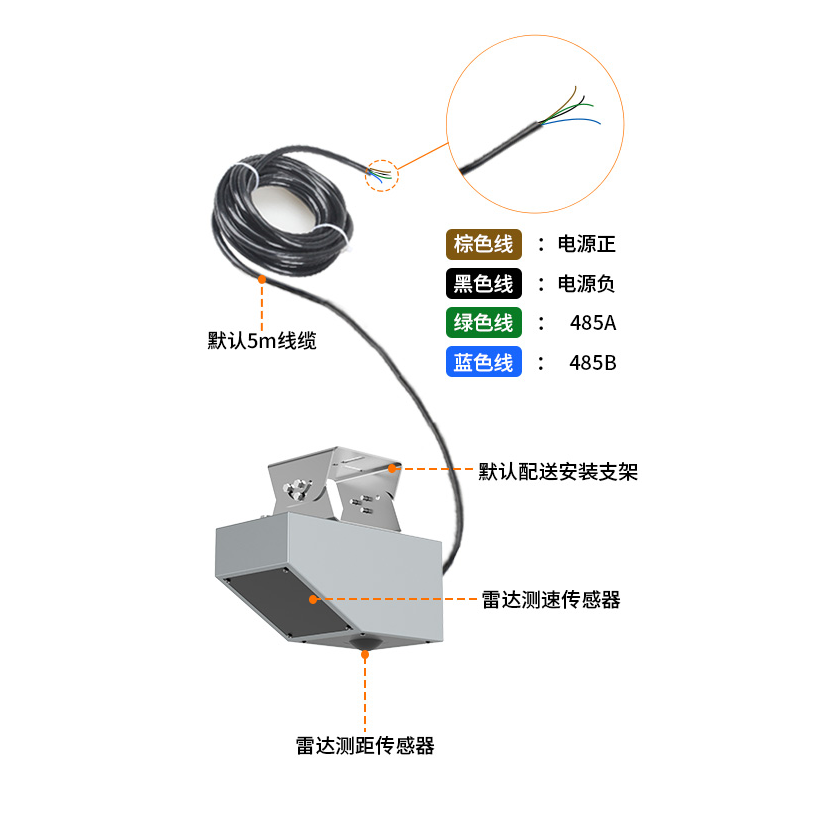
Principle:
Radar signals propagate along a probe or cable and reflect; measures time difference to obtain level.
Advantages:
High accuracy, strong anti-interference;
Unaffected by dielectric constant;
Can measure foamy, viscous, or agitated liquids.
Limitations:
Contact type, probe requires anti-corrosion;
Higher requirements for installation position and fixation.
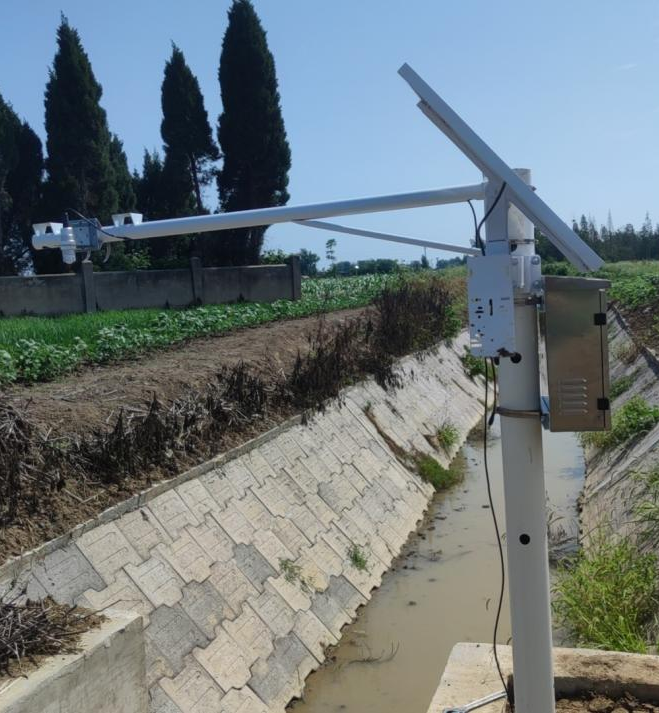
Principle:
Probe and container wall form a capacitor; level changes cause capacitance variations.
Advantages:
Simple structure, fast response;
Suitable for small tanks or local level monitoring;
Low cost.
Limitations:
Extremely sensitive to changes in medium dielectric constant;
Not suitable for wall-hanging or viscous liquids.
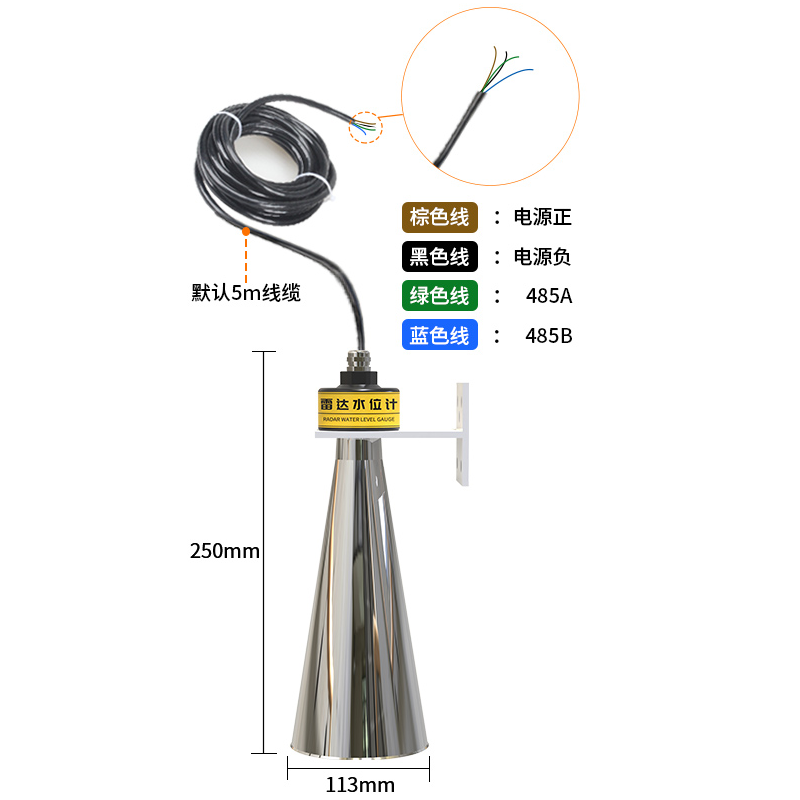
Principle:
Detects probe contact with liquid via changes in liquid refractive index.
Advantages:
Compact, fast response;
No mechanical parts, long lifespan;
Suitable for alarms or high/low level control.
Limitations:
Only detects switch states;
Probe easily affected by fouling or condensation.
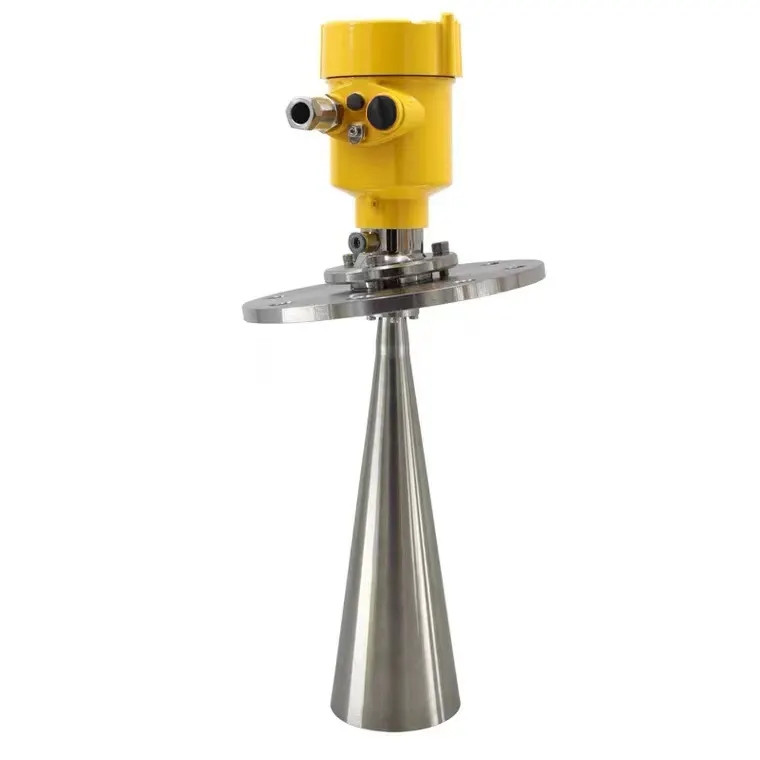
Case: Level Monitoring in a City Wastewater Treatment Plant's Sedimentation Tank
Sewage with floating slag and foam, 5m range, requiring continuous measurement with low maintenance.
Ultrasonic interfered by foam;
Hydrostatic probes prone to corrosion and clogging.
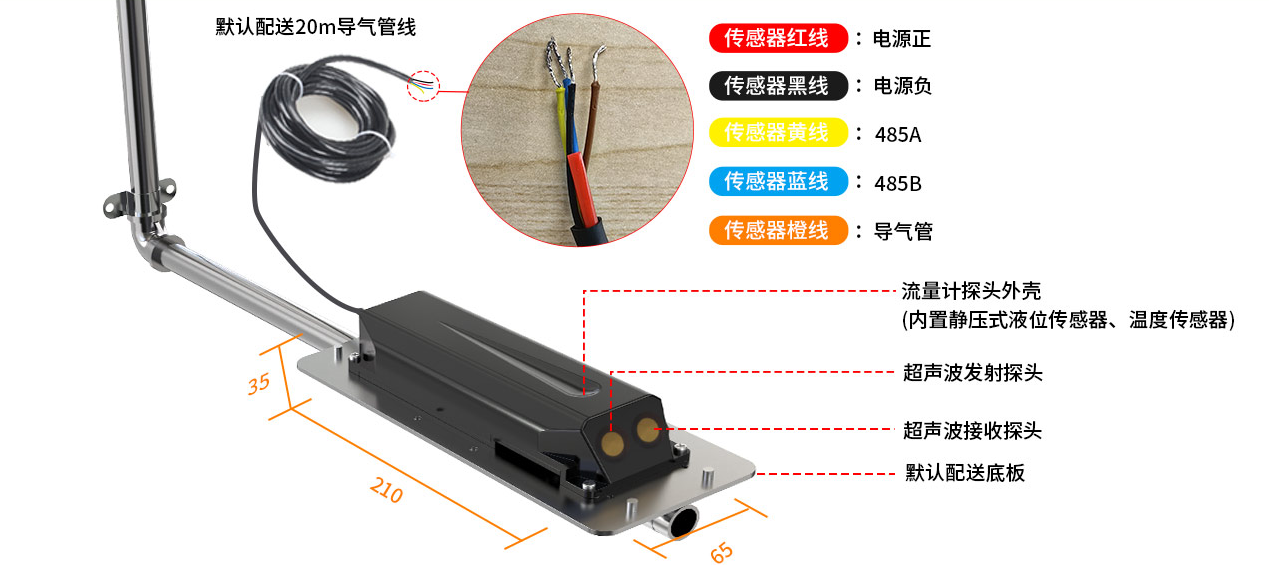
Adopted high-frequency FMCW radar level meter. Microwave signals penetrate foam and steam layers, providing stable accuracy without contacting the liquid. After one year of operation, maintenance costs reduced by 70%, with measurement errors below ±3mm.
✅ Conclusion: For foamy or corrosive liquid conditions, radar is the most reliable choice.
NiuBoL offers a product portfolio covering all seven technology routes, providing customers with one-stop solutions from low-cost float switches to high-precision FMCW radar. We don't push a single product, but:
Base on medium characteristics, installation conditions, and budget to customize the optimal technology solution for you.
- Free condition assessment and technical selection reports
- Matching suggestions for different ranges and protection levels
- Industry 4.0-friendly IoT data interfaces
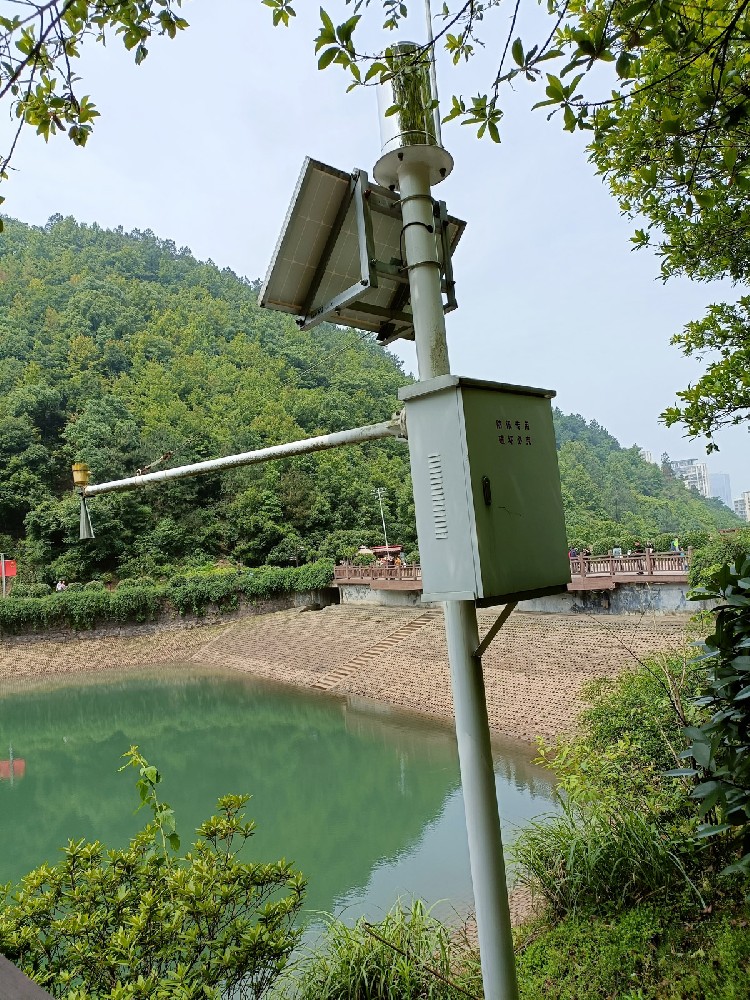
A: For highly corrosive, high-temperature, or hygiene-sensitive media, opt for non-contact (ultrasonic, radar).
For deep wells or standard water tanks, hydrostatic or guided wave radar is more economical and reliable.
A: Ultrasonic relies on sound wave propagation, susceptible to temperature and foam;
Radar uses electromagnetic waves, with strong penetration and high accuracy, suitable for complex conditions.
A: Guided wave radar is independent of medium density changes, with stronger anti-interference, especially suitable for unstable density or multi-phase mixed liquids.
Contact NiuBoL application engineers for exclusive selection advice and quotes.
Prev:How Ultrasonic Water Flow Meters Work: Principles, Advantages, and Applications
Next:Revolution in Anemometer Signals: The Difference Between Analog and Digital
Related recommendations
Sensors & Weather Stations Catalog
Agriculture Sensors and Weather Stations Catalog-NiuBoL.pdf
Weather Stations Catalog-NiuBoL.pdf
Related products
 Combined air temperature and relative humidity sensor
Combined air temperature and relative humidity sensor Soil Moisture Temperature sensor for irrigation
Soil Moisture Temperature sensor for irrigation Soil pH sensor RS485 soil Testing instrument soil ph meter for agriculture
Soil pH sensor RS485 soil Testing instrument soil ph meter for agriculture Wind Speed sensor Output Modbus/RS485/Analog/0-5V/4-20mA
Wind Speed sensor Output Modbus/RS485/Analog/0-5V/4-20mA Tipping bucket rain gauge for weather monitoring auto rainfall sensor RS485/Outdoor/stainless steel
Tipping bucket rain gauge for weather monitoring auto rainfall sensor RS485/Outdoor/stainless steel Pyranometer Solar Radiation Sensor 4-20mA/RS485
Pyranometer Solar Radiation Sensor 4-20mA/RS485
Screenshot, WhatsApp to identify the QR code
WhatsApp number:+8615367865107
(Click on WhatsApp to copy and add friends)
